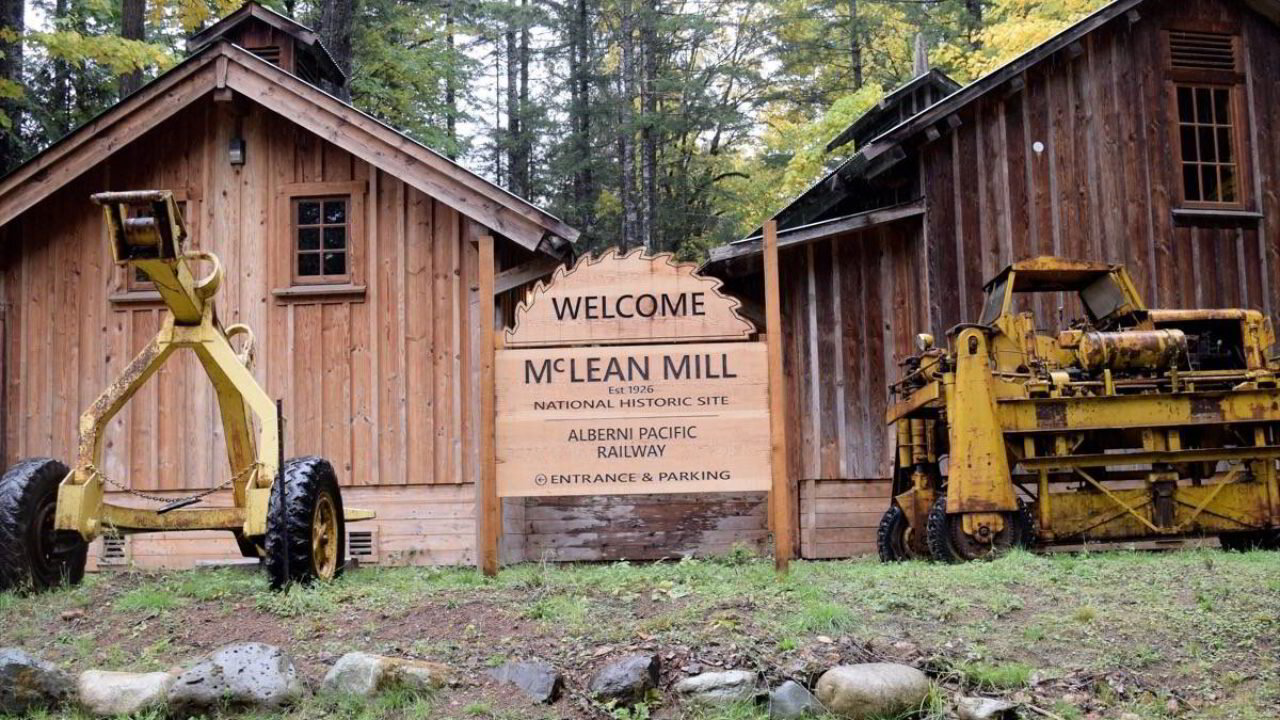
Wildfires dominate today’s news (again) — from rain-relief and firefighter-progress in British Columbia and California; to evacuations and destruction in Nova Scotia, Newfoundland and Southern Europe. In other headlines: single-family housing starts slump; lumber duties ratchet up pricing pressure; and BC Wood features an impressive lineup of speakers for the Global Buyers Mission.
We’re back to our regular news coverage on Monday — but please keep visiting our website for your daily in-depth coverage. It’s the best way to see all the stories and give our sponsors the visibility they deserve.
Kelly McCloskey, Tree Frog News Editor
 BC Wood recently announced that Premier David Eby will open the 22nd Annual Global Buyers Mission (GBM) on Friday, September 5th. This shows the significance of the GBM to British Columbia’s forestry and value-added wood industry. Kicking off the tradeshow, the Premier will join delegates on the tradeshow floor. Premier Eby’s presence highlights the critical role of British Columbia’s wood and forestry sector in driving innovation, sustainability, and economic growth. With recent U.S. decisions increasing countervailing duties on Canadian softwood lumber to over 35%, there’s an unprecedented level of uncertainty about how the market will be impacted. A newly announced panel presentation will analyse the escalating tariffs threatening to disrupt supply chains, inflate costs, and reshape the forestry industry. Forest Minister Parmar will introduce the panel and participants Mo Amir, Nick Arkle, Liz Kovach and Kurt Niquidet on September 4th.
BC Wood recently announced that Premier David Eby will open the 22nd Annual Global Buyers Mission (GBM) on Friday, September 5th. This shows the significance of the GBM to British Columbia’s forestry and value-added wood industry. Kicking off the tradeshow, the Premier will join delegates on the tradeshow floor. Premier Eby’s presence highlights the critical role of British Columbia’s wood and forestry sector in driving innovation, sustainability, and economic growth. With recent U.S. decisions increasing countervailing duties on Canadian softwood lumber to over 35%, there’s an unprecedented level of uncertainty about how the market will be impacted. A newly announced panel presentation will analyse the escalating tariffs threatening to disrupt supply chains, inflate costs, and reshape the forestry industry. Forest Minister Parmar will introduce the panel and participants Mo Amir, Nick Arkle, Liz Kovach and Kurt Niquidet on September 4th.
 VANCOUVER, BC — Conifex Timber reported results for the first quarter ended March 31, 2025. EBITDA was negative $3.2 million for the quarter compared to EBITDA of $4.9 million in the first quarter of 2025 and negative $7.1 million in the second quarter of 2024. Net loss was $8.3 million for the quarter versus net income of $0.6 million in the previous quarter and net loss of $9.7 million in the second quarter of 2024. …Lumber production in the second quarter of 2025 totalled approximately 35.3 million board feet, representing operating rates of approximately 59% of annualized capacity. Second quarter production was negatively impacted by operating the sawmill on a four-day configuration, necessitated by reduced log availability.
VANCOUVER, BC — Conifex Timber reported results for the first quarter ended March 31, 2025. EBITDA was negative $3.2 million for the quarter compared to EBITDA of $4.9 million in the first quarter of 2025 and negative $7.1 million in the second quarter of 2024. Net loss was $8.3 million for the quarter versus net income of $0.6 million in the previous quarter and net loss of $9.7 million in the second quarter of 2024. …Lumber production in the second quarter of 2025 totalled approximately 35.3 million board feet, representing operating rates of approximately 59% of annualized capacity. Second quarter production was negatively impacted by operating the sawmill on a four-day configuration, necessitated by reduced log availability.


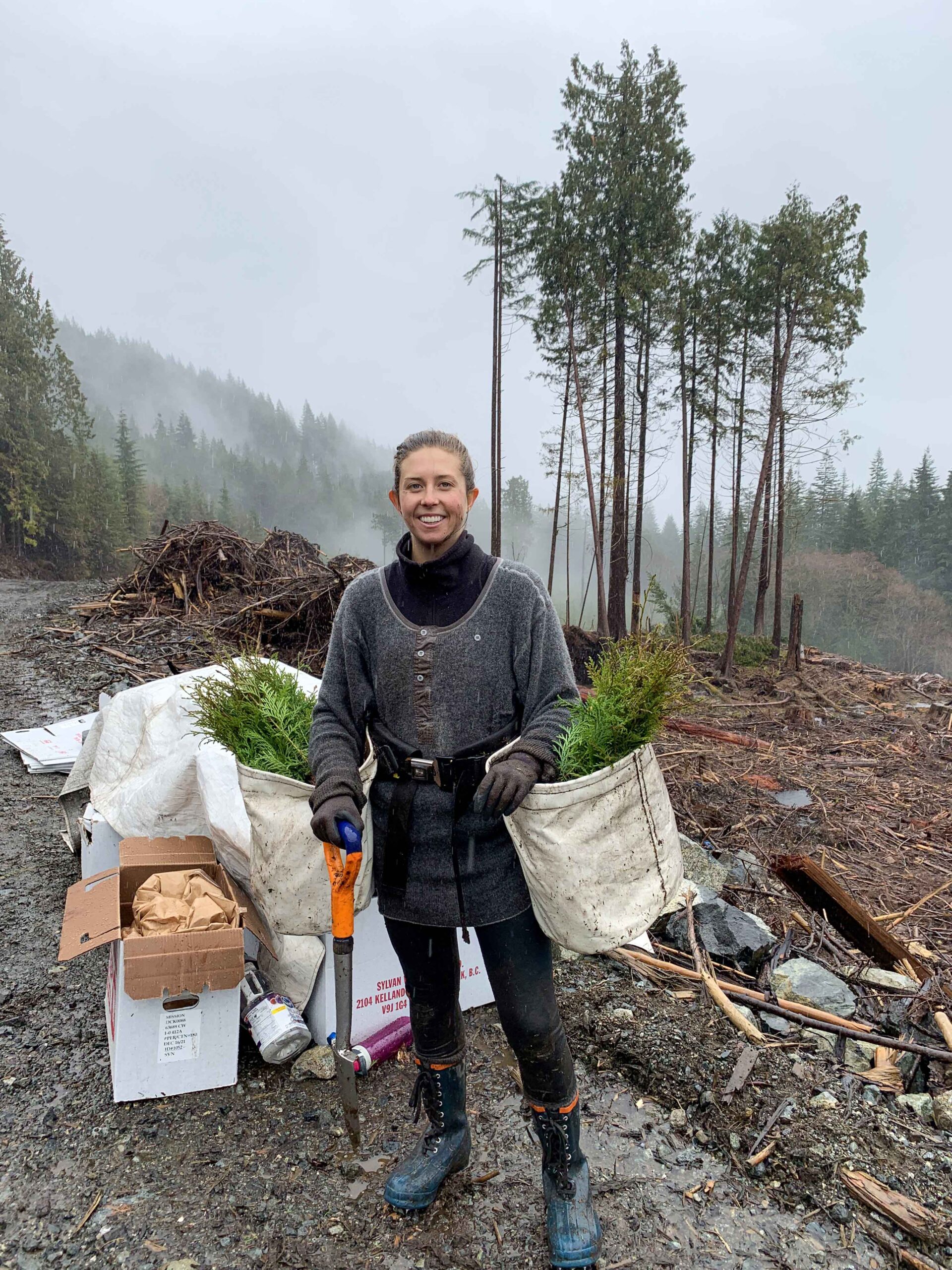 Early last September, firefighters were in the final stages of containing a 33,000-hectare wildfire complex in Alberta’s Jasper National Park. Elsewhere, park workers were already replanting the first batch of trees in the recently scorched earth. The Douglas firs were chosen because they resist fire better than other conifers, according to Marcia DeWandel, vegetation restoration specialist for Parks Canada. However, replanting so soon after a fire is much more exception than rule. Replanting is typically expensive, time consuming, labour intensive — and doesn’t always work. …In most cases, it can take years for replanting to begin after a fire. …”It’s actually really important not to speed and just go right after a fire,” says Jess Kaknevicius, CEO of Forests Canada, one of the organizations supporting Ogoki’s replanting. …In some replanted areas, ensuring survival is easier said than done, especially when dealing with other effects of climate change.
Early last September, firefighters were in the final stages of containing a 33,000-hectare wildfire complex in Alberta’s Jasper National Park. Elsewhere, park workers were already replanting the first batch of trees in the recently scorched earth. The Douglas firs were chosen because they resist fire better than other conifers, according to Marcia DeWandel, vegetation restoration specialist for Parks Canada. However, replanting so soon after a fire is much more exception than rule. Replanting is typically expensive, time consuming, labour intensive — and doesn’t always work. …In most cases, it can take years for replanting to begin after a fire. …”It’s actually really important not to speed and just go right after a fire,” says Jess Kaknevicius, CEO of Forests Canada, one of the organizations supporting Ogoki’s replanting. …In some replanted areas, ensuring survival is easier said than done, especially when dealing with other effects of climate change.  As of mid-August, the 2025 fire season is shaping up to be Canada’s second-worst on record. Since the spring, headlines across the country have consistently highlighted a community ordered to evacuate, a new fire sparking somewhere, or unique resource-sharing situations for fire management. Enter the newly-created
As of mid-August, the 2025 fire season is shaping up to be Canada’s second-worst on record. Since the spring, headlines across the country have consistently highlighted a community ordered to evacuate, a new fire sparking somewhere, or unique resource-sharing situations for fire management. Enter the newly-created  The sternly worded statements and letters are filled with indignation and outrage: Republican US lawmakers say Canada has done too little to contain wildfires and smoke that have fouled the air in several states this summer. …They’ve demanded more forest thinning, prescribed burns and other measures to prevent fires from starting. They’ve warned the smoke is hurting relations between the countries and suggested the US could make it an issue in tariff talks. But what they haven’t done is acknowledge the role of climate change — a glaring and shortsighted omission, according to climate scientists. It also ignores the outsized US contribution to heat-trapping gases that cause more intense heat waves and droughts, which in turn set the stage for more destructive wildfires, scientists say. …“I don’t think there’s much they can do,” said Michigan climate scientist Jonathan Overpeck. He noted that hotter temperatures are melting permafrost in northern Canada.
The sternly worded statements and letters are filled with indignation and outrage: Republican US lawmakers say Canada has done too little to contain wildfires and smoke that have fouled the air in several states this summer. …They’ve demanded more forest thinning, prescribed burns and other measures to prevent fires from starting. They’ve warned the smoke is hurting relations between the countries and suggested the US could make it an issue in tariff talks. But what they haven’t done is acknowledge the role of climate change — a glaring and shortsighted omission, according to climate scientists. It also ignores the outsized US contribution to heat-trapping gases that cause more intense heat waves and droughts, which in turn set the stage for more destructive wildfires, scientists say. …“I don’t think there’s much they can do,” said Michigan climate scientist Jonathan Overpeck. He noted that hotter temperatures are melting permafrost in northern Canada.


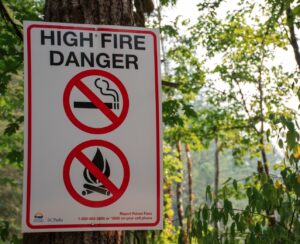 NOVA SCOTIA –More than one hundred homes have been evacuated as an out of control wildfire near West Dalhousie in Annapolis County continues to burn Friday morning. The fire broke out Wednesday on the north side of Long Lake, about 20 kilometres east of Annapolis Royal, Nova Scotia. The provincial Department of Natural Resources has said a lightning strike caused the fire. …The national weather forecaster has issued an air quality statement for Annapolis County and parts of Halifax County, saying smoke from the wildfires is reducing air quality in the area, and that people who are more likely to be impacted by smoke — including pregnant people, infants and young children, people with chronic health conditions and people who work outdoors — should avoid strenuous outdoor activities.
NOVA SCOTIA –More than one hundred homes have been evacuated as an out of control wildfire near West Dalhousie in Annapolis County continues to burn Friday morning. The fire broke out Wednesday on the north side of Long Lake, about 20 kilometres east of Annapolis Royal, Nova Scotia. The provincial Department of Natural Resources has said a lightning strike caused the fire. …The national weather forecaster has issued an air quality statement for Annapolis County and parts of Halifax County, saying smoke from the wildfires is reducing air quality in the area, and that people who are more likely to be impacted by smoke — including pregnant people, infants and young children, people with chronic health conditions and people who work outdoors — should avoid strenuous outdoor activities.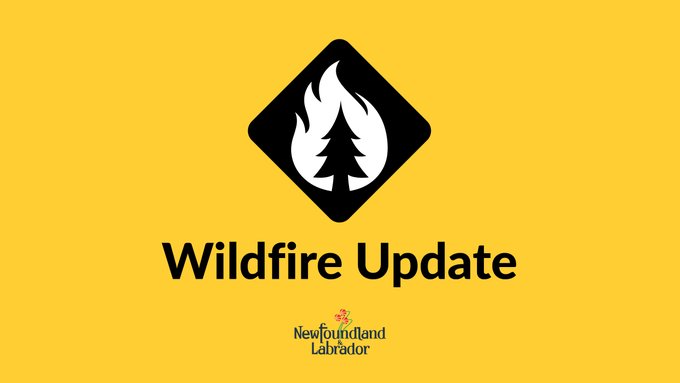
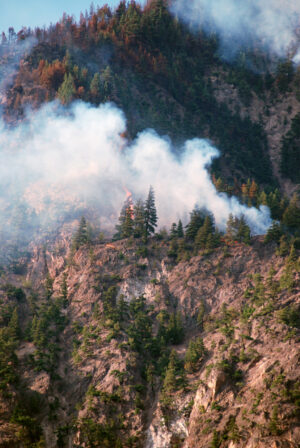 GORMAN, California —
GORMAN, California —  ATHENS — Wildfires intensified across southern Europe on Wednesday with a round-the-clock battle to protect the perimeter of Greece’s third-largest city and at least three deaths reported in Spain, Turkey and Albania. Outside the Greek port city of Patras, firefighters struggled to protect homes and agricultural facilities as flames tore through pine forests and olive groves. Tall columns of flames rose behind apartment blocks on the outskirts of the city. …Spanish Prime Minister Pedro Sánchez expressed condolences after the death of a firefighting volunteer in the hard-hit Castile and León region north of the capital, Madrid, where thousands have been displaced by evacuations. In Turkey, a forestry worker was killed Wednesday while responding to a wildfire in a southern region, officials said. The Forestry Ministry said the worker died in an accident involving a fire truck that left four others injured.
ATHENS — Wildfires intensified across southern Europe on Wednesday with a round-the-clock battle to protect the perimeter of Greece’s third-largest city and at least three deaths reported in Spain, Turkey and Albania. Outside the Greek port city of Patras, firefighters struggled to protect homes and agricultural facilities as flames tore through pine forests and olive groves. Tall columns of flames rose behind apartment blocks on the outskirts of the city. …Spanish Prime Minister Pedro Sánchez expressed condolences after the death of a firefighting volunteer in the hard-hit Castile and León region north of the capital, Madrid, where thousands have been displaced by evacuations. In Turkey, a forestry worker was killed Wednesday while responding to a wildfire in a southern region, officials said. The Forestry Ministry said the worker died in an accident involving a fire truck that left four others injured.